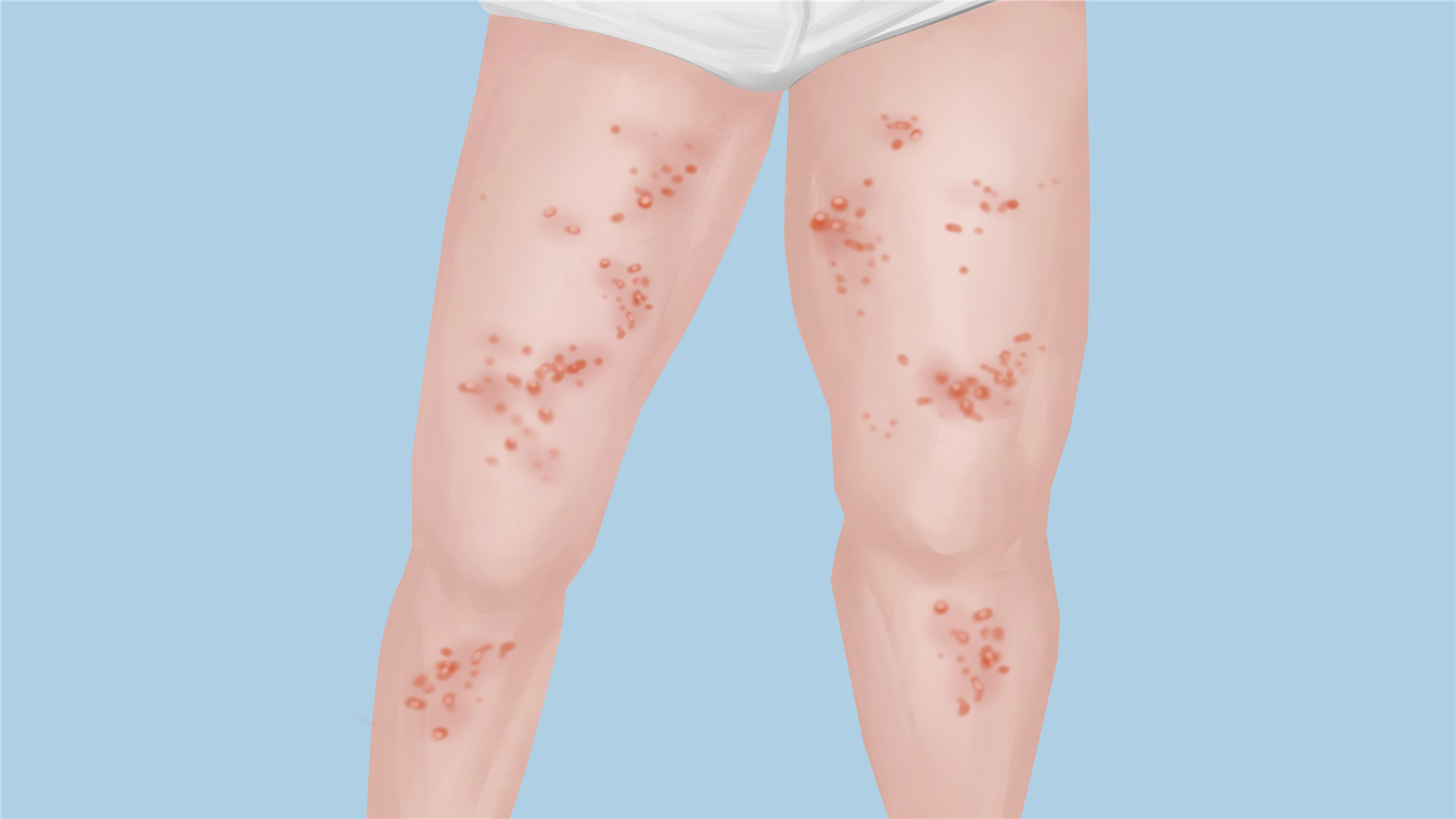What are the symptoms of scarlet fever?
Generally, symptoms of scarlet fever include fever with chills, sore throat, abnormal tongue coating, skin rash, desquamation (peeling skin), and others. If discomfort symptoms appear, it is recommended to seek medical attention at a hospital promptly and follow standardized treatment under a doctor's guidance. A detailed analysis is as follows:

1. Fever and chills
In the early stage of scarlet fever, patients often experience sudden fever, with body temperature reaching above 39°C, accompanied by chills.
2. Sore throat
Streptococcus infection of the pharyngeal mucosa causes an inflammatory response, which may lead to redness, swelling, and pain in the throat.
3. Abnormal tongue coating
In the early phase of the disease, the patient's tongue coating may appear light red, with congestion and swelling along the edges of the tongue. As the condition progresses, the tongue coating may gradually peel off, leaving the tongue surface smooth and bright red.
4. Skin rash
During the rash phase of scarlet fever, the patient develops a diffuse bright red rash across the skin. The rash typically starts behind the ears and neck, gradually spreading to the entire body, including the lower limbs. The rash consists of small, closely packed spots, resembling goosebumps, and feels rough to the touch.
5. Desquamation (peeling skin)
During the recovery phase of scarlet fever, the rash gradually fades in the same order it appeared. During this process, patients may experience skin peeling, especially on the trunk and limbs. The duration of desquamation may last from several weeks to several months.
It is recommended to maintain good personal hygiene habits, such as frequent hand washing, which can effectively prevent the spread of scarlet fever.






